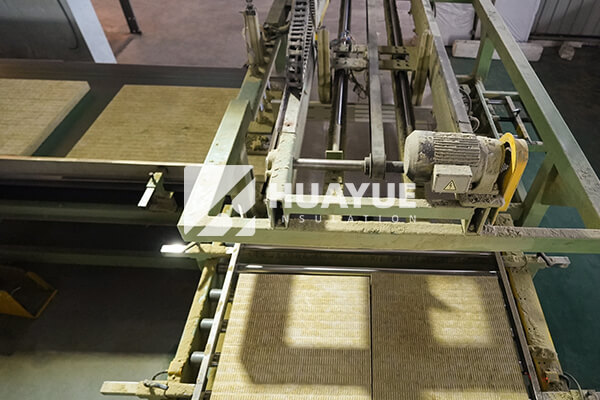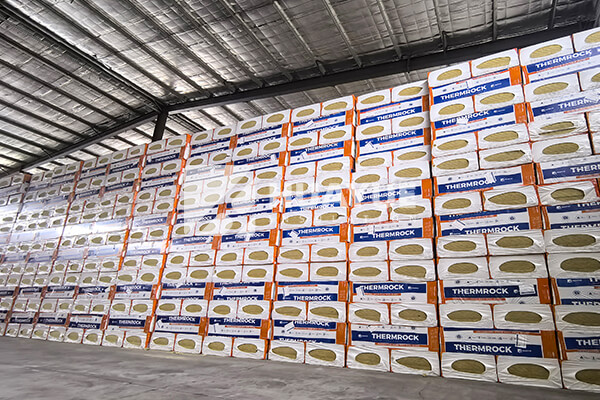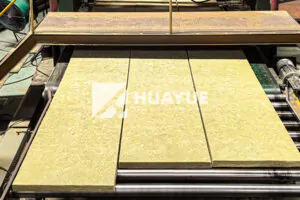Rock Wool for 2x4 Walls: Is It the Best Insulation Choice?
If you’re frustrated by cold spots or high energy bills in your home, 2×4 wall insulation can make a huge difference.
Rock wool insulation fits inside 2×4 wall cavities and provides impressive thermal performance, moisture resistance, and sound blocking. It improves comfort and cuts energy costs compared to fiberglass.
rock wool insulation product
I have installed rock wool in several projects over the years. Each time, I found the installation straightforward and the results clear. There are some important points to understand before making this choice. Keep reading to see if rock wool is right for your 2×4 walls and to get the most value from your investment.
What ROCK WOOL for 2×4 Walls?
Have you ever worried if rock wool will actually fit or work for standard walls? You might not know there are different types for different applications.
For 2×4 wall framing, you should choose rock wool batts or slabs with a thickness of about 3.5 inches. These batts are designed specifically to fit the stud cavity size.

I often recommend rock wool batts labeled R15, which measure 3.5 inches thick and fit tightly between studs in typical 2×4 walls. If you choose a thinner material, you lose insulation value. If it’s too thick, it won’t fit in the cavity and can cause bulging or gaps. Batts are semi-rigid, so they push snugly against studs and wiring, and won’t slump over time. Loose fill rock wool isn’t typically used for wall cavities—stick with batts for easy handling and reliable coverage.
| Product Type | Thickness | Best Use | R-Value |
|---|---|---|---|
| Rock wool batts | 3.5" | 2×4 stud walls | R15 |
| Rock wool batts | 5.5" | 2×6 stud walls | R23 |
What Is the Maximum R-Value for a 2×4 Wall?
People often want the best insulation possible—especially in cold climates. Can you push the R-value higher in 2×4 walls?
The highest R-value achievable with standard rock wool for 2×4 walls is typically R15. Thicker batts do not fit and compromise proper wall finishing.
R-value depends directly on the depth of the wall cavity. I have tried using double layers or compressing thicker batts in the past, but that actually reduces effectiveness. R15 is the practical maximum. If you want higher R-value, consider a wall redesign using 2×6 studs or adding exterior insulation. Do not try to force a thicker product inside a 2×4 wall because it will not perform as intended and may create build issues.
| Wall Type | Cavity Depth | Maximum R-Value (Rock Wool) |
|---|---|---|
| Standard 2×4 | 3.5" | R15 |
| Standard 2×6 | 5.5" | R23 |
| Double Layer | 3.5" | Often less than R15 |
What Is the Downside of ROCK WOOL?
Rock wool seems almost perfect, but what risks should you know before installing it?
Rock wool costs more than fiberglass, can create itchy dust during installation, and requires cutting for pipes and outlets. It does not fit ultra-thin wall cavities.

Every time I install rock wool, I wear a mask, gloves, and long sleeves to avoid skin irritation from its tiny fibers. Cutting and fitting batts can take longer than with flexible fiberglass. In some regions, price and availability also limit its use. Where budgets are tight, fiberglass still dominates, but I always weigh these downsides against rock wool’s fire resistance and water repellent benefits. Finally, it is not recommended for wall studs less than 3.5 inches deep, so older homes with unusual framing may need other options.
| Downside | Impact |
|---|---|
| Higher Material Cost | Increases project total price |
| Itchy Dust/Fibers | Requires protective clothing |
| Precise Cutting Needed | More labor time |
| Not for thinner studs | Won’t fit non-standard walls |
Can You Use ROCK WOOL in Stud Walls?
Installers often ask about rock wool for both interior and exterior stud walls. Can you safely use it anywhere?
Yes, you can use rock wool in most stud wall assemblies, including interior, exterior, new, or retrofit projects. It works with wood and metal framing.
I often prefer rock wool because it maintains shape, doesn’t slump, and resists moisture and fire. I have installed it in bathroom walls, basement framing, and exterior walls. It holds up well regardless of climate. The only limitation: always match batts to wall depth. In fire-rated or soundproof walls, rock wool is actually superior. It does require a vapor barrier in some exterior wall configurations, so always check building codes before you finish.
| Stud Wall Type | Suitability for Rock Wool | Notes |
|---|---|---|
| Wood-framed | Excellent | Use matching thickness |
| Metal-framed | Excellent | May need more trimming |
| Interior walls | Excellent | Improves sound insulation |
| Exterior walls | Excellent | Vapor barrier often required |
Conclusion
Rock wool gives 2×4 walls great insulation, fire safety, and soundproofing. It does cost more, but it performs reliably in nearly every climate.
You may also be interested in:
Ready to Get Started?
Get in touch with our experts for personalized solutions tailored to your needs.
Get Free QuoteLatest Articles

Glass Wool Fire Rating: How Safe Is Your Insulation?
Dec 25, 2025
Let's Work Together
Ready to take your business to the next level? Get in touch with our team of experts and let's discuss how we can help you achieve your goals.
Get Free Solutions






